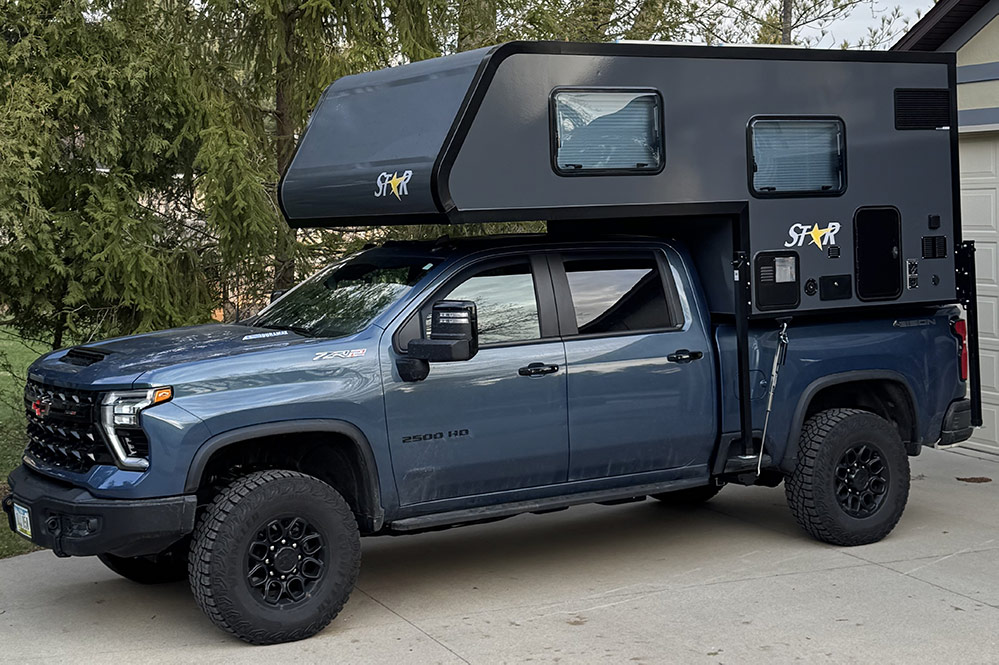Hard to say much without knowing the construction details.
It does baffle me that most manufacturers regard that as a secret. The foam and skin specs and how it's bonded are important. There is a huge range from weak crap to excellent and robust.
On the Comet model, it looks like one of the windows on the driver side is too close to where the front wall intersects the nose.
I had a look at mine, and on one side I only have a little more space.


Strange that I never thought about it. So far it's been good though, and the floor of the berth extends into the main part of the camper 18", which should help.
EDIT: In the TCM article, there is some construction info. I'd rather see specs on the foam and skins besides just dimensions. His comment about aluminum thermal transfer is odd, as it's not hard to bond panels without a thermal bridge. And bonding the panels with window sealant? Why not something structural?
"There is some aluminum framing in the Star campers. The floors are honeycomb plastic, and the walls and ceilings are 1.5-inch-thick dense foam with 1.58mm fiberglass interior and exterior panels.
How do Star camper shells handle thermal transfer?
They do well, but the heavy aluminum joining corners transfer heat and cold, as all aluminum-frame or composite campers do. You cannot change physics.
Once completed, do the roof and side seals on a Star camper composite shell need to be maintained?
The panels are adhered with a black windshield and body sealant. We go over the top with a clear seal, just as an extra layer of security. It’s always wise to inspect seals every year, as all RVs require maintenance, lubrication, waxing, winterization, and cleaning."
 starrvproducts.com
starrvproducts.com


